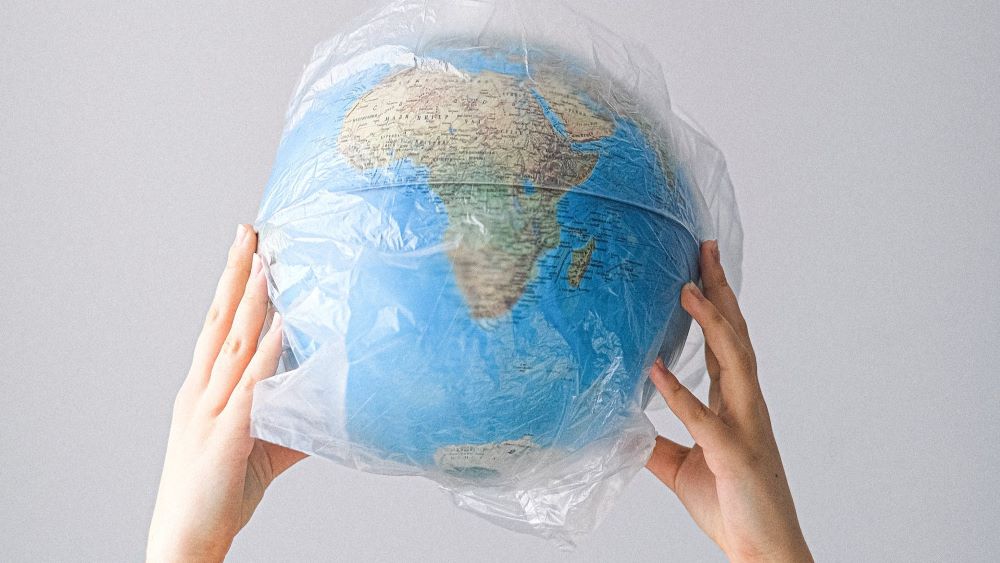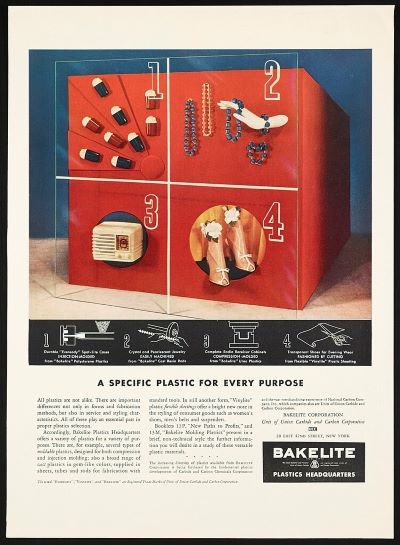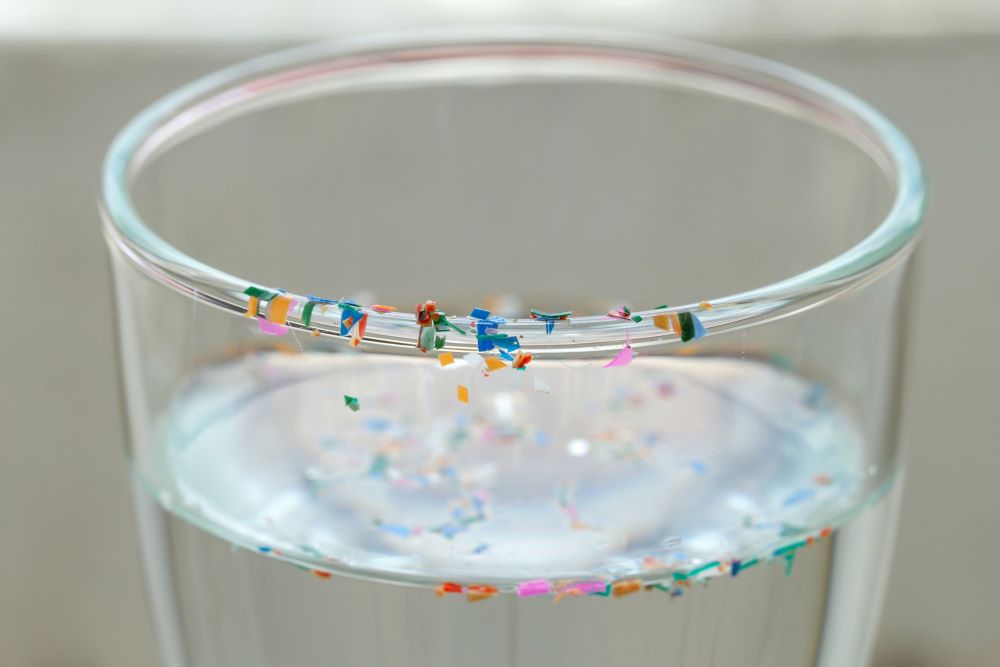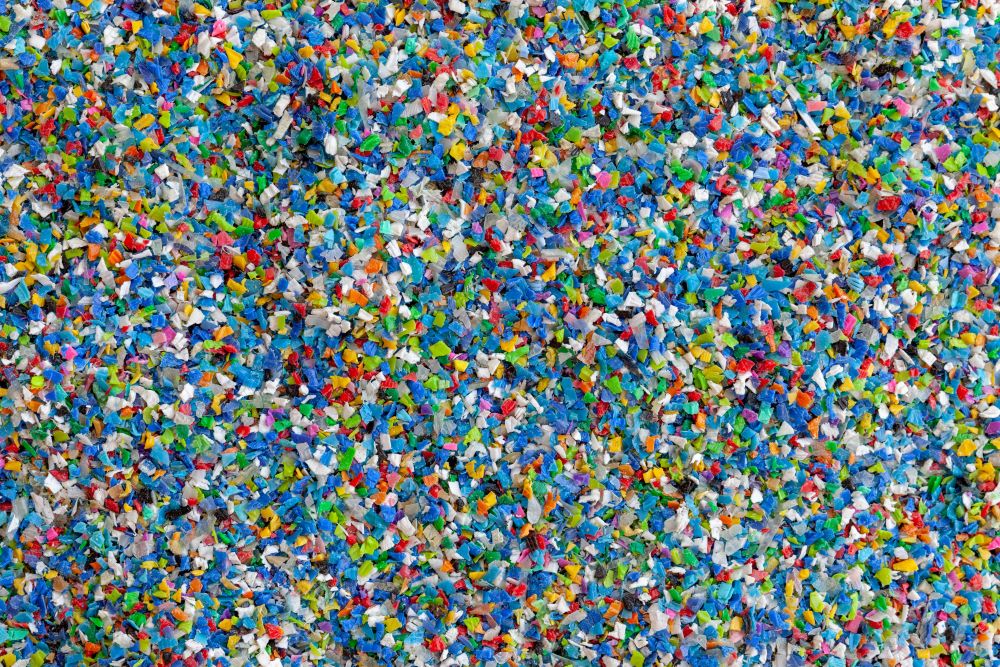Recent Posts
- Home
- Elevate Blog
- Rethinking Plastic: Health Risks and Environmental Impact
Rethinking Plastic: Health Risks and Environmental Impact
Posted on

What really is 'plastic'?
The term encompasses a broad range of materials, each with unique properties and uses. Originally defined as “pliable and easily shaped,” the word now primarily refers to a category of materials known as polymers. Polymers, whether natural or synthetic, are substances composed of monomers - small building blocks - bonded together into large, complex molecules. The word itself means “of many parts.”
When we talk about plastics, we’re usually referring to synthetic petroleum-based plastics, renowned for their durability and versatility.
“These properties make synthetic polymers exceptionally useful, and since we learned how to create and manipulate them, polymers have become an essential part of our lives. Especially over the last 50 years, plastics have saturated our world and changed the way that we live.”
- History and Future of Plastics, Science History Institute
Since the invention of the first synthetic polymer in 1869, plastic has quickly become deeply entwined in our daily lives.

Bakelite, "the material of a thousand uses," was developed in 1907 and ultimately helped to usher in the age of plastics. From Bakelite to the multitude of plastics we see today, this journey has been transformative. Plastic is durable, cheap, convenient… and it’s everywhere. Its surge in production post-World War II fundamentally changed our daily lives.
It’s only recently that we’ve begun to critically assess the impact of plastic on the environment and our health. The conveniences of plastic, it turns out, come at significant cost. Our understanding of plastics is continually reshaped by emerging research and growing environmental awareness.
The potential health hazards of petroleum-based plastics are an emerging concern that demands our attention.
Health Risks of Synthetic Plastics
Chemicals released from plastics, many of which have been linked to a range of serious health issues. For instance, Bisphenol A (BPA), commonly found in plastic water bottles and food containers, is a known endocrine disruptor. Endocrine disruptors can interfere with hormone functions, leading to potential reproductive, developmental, and metabolic problems. Studies have shown that continuous exposure to BPA can increase the risk of heart diseases, diabetes, and even certain types of cancer.
Another major concern is phthalates, additives used to increase the flexibility of plastic products. These chemicals are not firmly bound to the plastics and can leach out over time. Regular exposure to phthalates has been associated with many types of health problems.
These chemicals can enter the human body in various ways – from ingesting contaminated food and water, to using plastic-based personal care products. The health impact may not be immediately apparent, but could have long-term consequences.

Microplastics: A Hidden Health Hazard
One of the most insidious aspects of plastic pollution is microplastics – tiny particles that are often invisible to the naked eye. Microplastics are formed when larger plastic items break down*. They can come from various sources, including cosmetic products, synthetic textiles, and larger plastic debris.
These tiny particles have become a ubiquitous presence in our environment – they are found in the air we breathe, the water we drink, and even the food we consume. The health implications of ingesting and inhaling microplastics are a growing area of concern among scientists and health professionals.
Concern about plastics' potential harm began when marine biologists studying the diets of seabirds discovered plastic in the stomachs of these birds. This concern extended to other animals and eventually to humans, as studies began investigating the adverse effects of plastic. While studies into the full extent of the health impact of microplastics is ongoing, early findings indicate they may be linked to various health problems.
As we continue to uncover the impacts of microplastics, it becomes increasingly clear that addressing the plastic problem is not just an environmental concern but also a health concern.

*A Note About Breaking Down
The term breaking down is used to refer to both the degradation of petroleum-based plastics and the biodegradation of compostable products. However, the process of breaking down for traditional plastics and compostable products is fundamentally different in terms of both the mechanism and the environmental impact.
Petroleum-based plastics fragment into smaller pieces over a very long period without truly decomposing, compostable products biodegrade relatively quickly and contribute positively to the environment by returning nutrients to the soil as compost.
The Illusion Of Recycling
Recycling plastics falls short of addressing the core issue. The fundamental problem lies not in the disposal of plastics but in their very existence and usage. Even in an ideal scenario where all plastics are recycled, the inherent dangers they pose to our health and environment persist.
The reality of plastic recycling is starkly different from its portrayal. Despite best efforts, a significant portion of plastic never makes it to recycling facilities. The Environmental Protection Agency (EPA) estimates that only about 8.7% of plastic waste was recycled in the U.S. in 2018. The rest ends up in landfills, oceans, or is incinerated, each posing its own environmental and health hazards.
Even if plastic is recycled, it does not eliminate the risks associated with its use. Recycling plastic means it still exists in the environment. The process often downgrades the quality of plastic, limiting the number of times it can be recycled. This means that recycled plastic, sooner or later, will likely end up as waste, contributing to pollution and health issues.
The recycling process itself often involves melting down plastics, which can release harmful chemicals into the air. These chemicals, including volatile organic compounds (VOCs) and other toxic substances, can have adverse health effects on both the environment and humans.
The overreliance on recycling shifts the focus from the root of the problem – the production and consumption of harmful plastics. To truly tackle the plastic crisis, we need to reduce our reliance on plastics and shift towards safer, more sustainable alternatives.

Embracing Compostable Alternatives
Plastic is often a default choice due to its convenience and low cost. The key lies in transitioning from petroleum-based plastics to safer, more sustainable alternatives.
For sustainable business owners, this shift means re-evaluating product packaging, utensils, and containers. About one third of plastic produced is used in packaging. Imagine replacing plastic packaging with materials that are not only eco-friendly but also safer for consumers. The switch to alternatives like glass, metal, or compostable materials can significantly reduce the exposure to harmful chemicals from plastics.
Adopting compostable packaging is a powerful statement. It shows a commitment to the health of the planet and your customers. Compostable materials are designed to break down naturally, returning nutrients to the soil without leaving harmful residues. This not only helps in managing waste but also ensures that we are not adding to the problem of microplastics.
Consumers play a vital role in this shift as well. By choosing products with compostable packaging, they send a clear message to the market about their preferences. This demand can drive more companies to consider eco-friendly packaging options, creating a ripple effect of positive change!
Let’s make a difference, one package at a time!
Start Your Compostable Packaging Journey
 Loading... Please wait...
Loading... Please wait...


